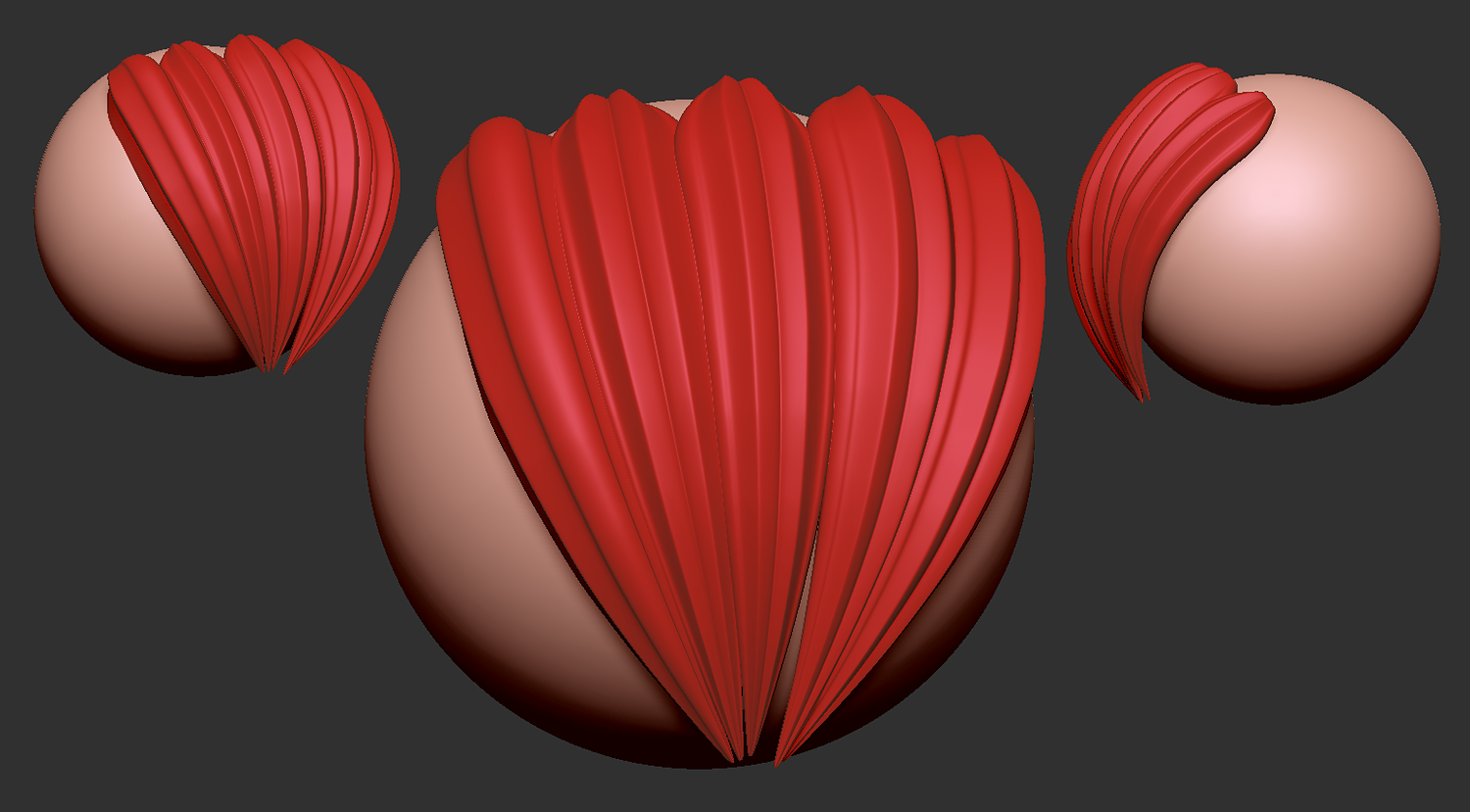
We’ll talk about seamlessly blending inserted meshes with existing geometry using the new replacement functionality. We’ll then create our own custom Mesh Insert brush that we can use whenever the need arises. We’ll cover some of the brush settings and things to think about when inserting meshes. We will start this course by talking about the basics of inserting meshes in ZBrush by looking at the default Mesh Insert brush. Whether you’re using DynaMesh, adding appendages to a character, or placing bolts or other details on the surface of a model, the Mesh Insert brushes will be a powerful addition to your tool-set. In this series of ZBrush tutorials, we will talk about using a variety of mesh insertion tools to quickly add detail to our models in ZBrush.

The Elastic option creates an angular look when points are pulled.Intermediate | 1h 20m | 881 MB | Project Files 55 MB | Required Software: ZBrush 4R4 Liquid– This essentially does the same thing as the Elastic except that this option creates a more wavy look on the curve when points are pulled. Click and hold on any points along the curve then press ‘ Shift‘ while click-dragging along the curve to smoothen that curve.

The blue-colored brush size indicator determines the scope of the areas that will get twisted.


Asline– An Insert Mesh Curve brush with Asline enabled will draw curves on a straight line when drawn on the sruface.ĬurveStep– The CurveStep slider determines the spacing of the Insert Mesh along the curve.


 0 kommentar(er)
0 kommentar(er)
